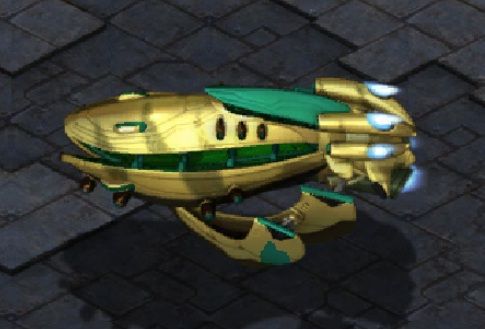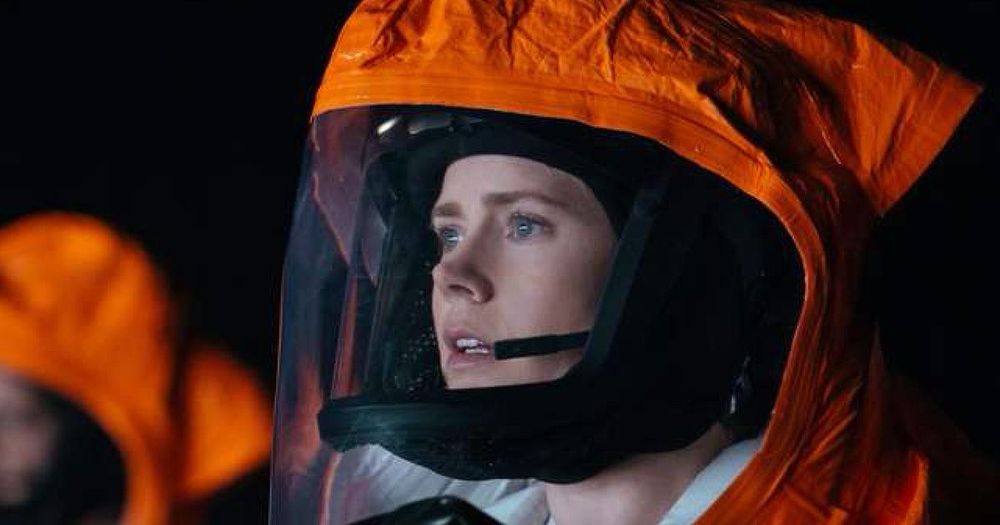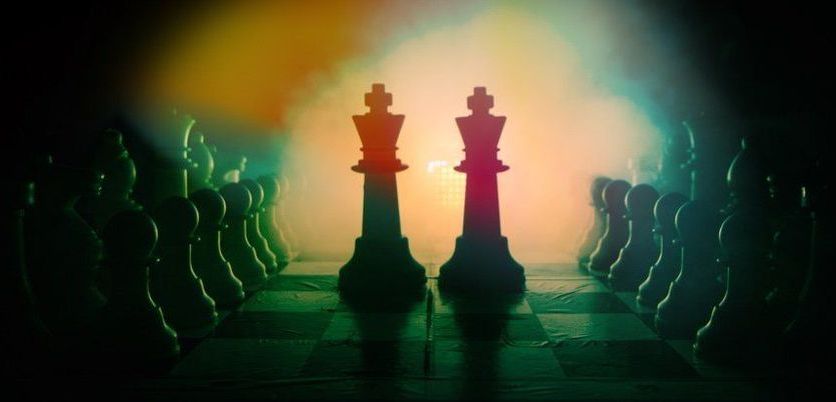Rid Paris of its Nazi problem together with a friend in Wolfenstein: Youngblood, the first co-op game in the series’s history. Set in a twisted 1980, step into the power armor of the “Terror Twins,” Jess and Soph Blazkowicz, on a mission to find your missing father BJ.
Clean up the Parisian streets with an arsenal of weapons and abilities in online co-op or with an AI companion. Wolfenstein: Youngblood is available July 26, 2019 for PC, PlayStation 4, Xbox One, and Nintendo Switch.
Pre-order the Deluxe Edition and invite a friend to play the full game FREE with the Buddy Pass! The Deluxe Edition includes the Cyborg Skin Pack to customize your power armor and weapons. As a bonus, players who pre-order will also receive the Legacy Pack, iconic skins inspired by BJ’s earlier adventures!
Follow us for the latest Wolfenstein: Youngblood news:
https://www.Facebook.com/Wolfenstein
Tweets by wolfenstein
https://www.Instagram.com/Wolfenstein




